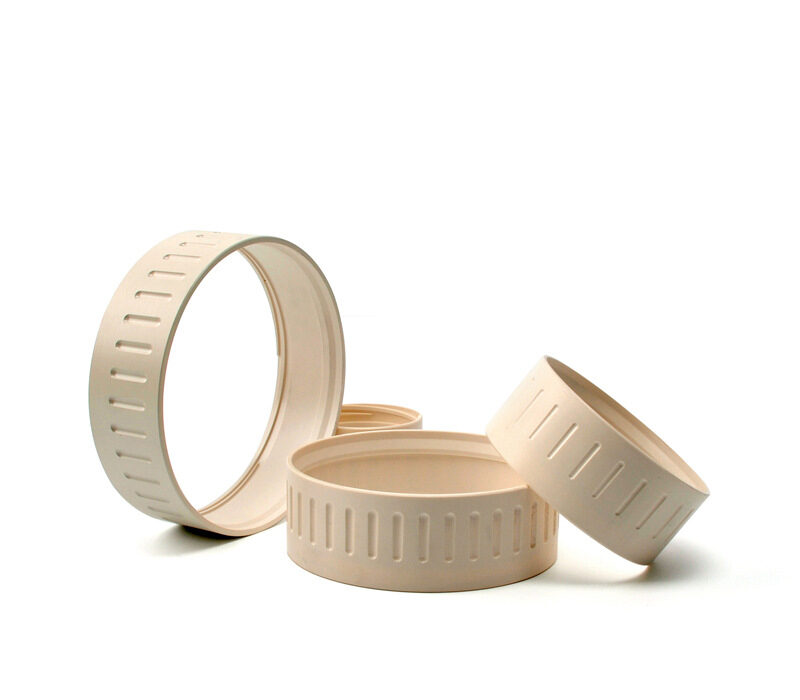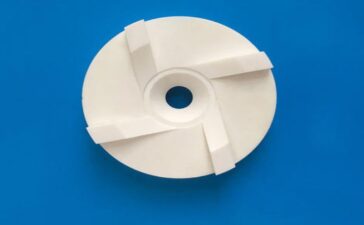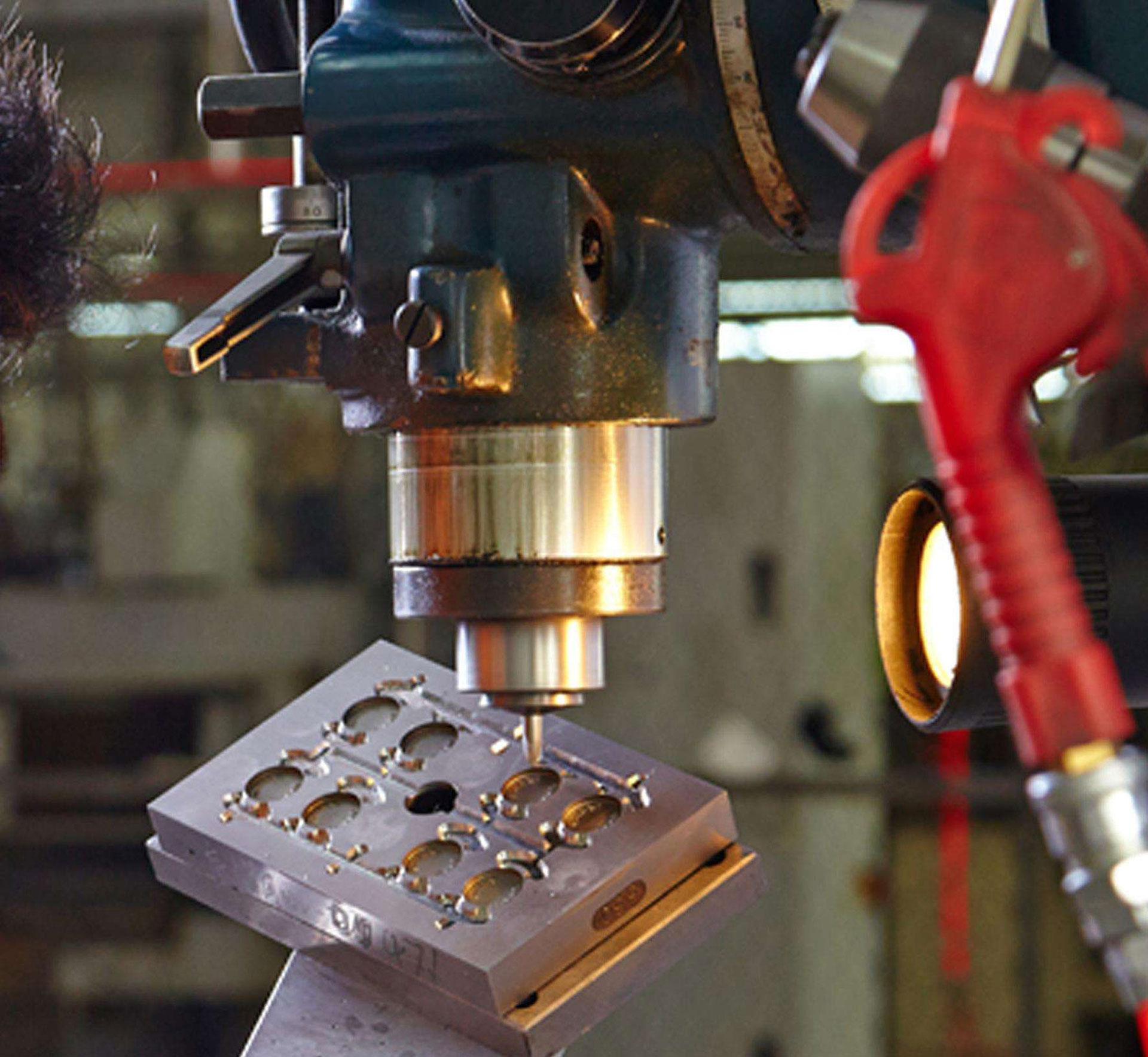The structure of the plastic mold mainly includes a concave mold with a variable cavity composed of a concave mold combined substrate, a concave mold assembly and a concave mold combined card board, and is composed of a convex mold combined substrate, a convex mold component, a convex mold combined card board, a type A punch with a variable core composed of a cavity truncating assembly and a side truncating combination plate.
In order to improve the performance of plastics, various auxiliary materials such as fillers, plasticizers, lubricants, stabilizers, colorants, etc. must be added to the polymer.
Plastic compression molds include two types of structural molds, compression molding and injection molding.
They are a type of mold mainly used for molding thermosetting plastics, and the corresponding equipment is a pressure molding machine. According to the characteristics of plastics, the compression molding method heats the mold to the molding temperature (generally between 103 ° and 108 °), and then puts the measured compression molding powder into the mold cavity and the charging chamber, and closes the mold. The plastic is under high heat and high pressure It is softened and viscous, solidified and shaped after a certain period of time, and it becomes the desired product shape.
The difference between compression injection molding and compression molding is that there is a separate feeding chamber. Before molding, the mold is closed first. The plastic is preheated in the feeding chamber in a viscous state. Under pressure, it is adjusted into the mold cavity and hardened. Compression molds are also used to mold some special thermoplastics such as difficult-to-melt thermoplastics (such as polyvinyl fluoride) blanks (cold compression molding), resin lenses with high optical performance, slightly foamed nitrocellulose automobile steering wheels, etc. . Compression mold is mainly composed of cavity, feeding cavity, guide mechanism, ejecting parts, heating system and so on. Pressure injection molds are widely used to encapsulate electrical components.




